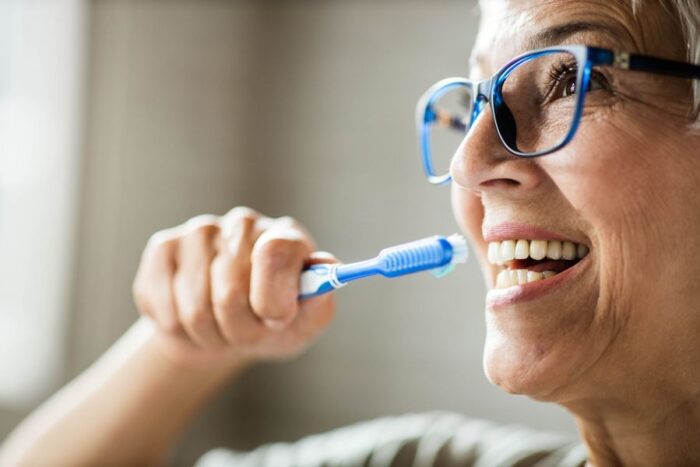Your toothbrush is a silent warrior in the battle for good oral health. It tirelessly combats plaque and keeps your teeth and gums healthy. But like any warrior, it needs to retire from the battlefield at the right time.
To keep your oral health in check, you need a good toothbrush. Luckily, there are signs that indicate when it is time to bid farewell to your trusty toothbrush. Then, you can welcome a fresh one into your oral care routine.

The 3-Month Rule
The general rule of thumb is to replace your toothbrush every three months. Over time, bristles wear down and become less effective at removing plaque and debris. If you replace your toothbrush on time, you can make sure that it is always in top-notch shape. As a result, it should be ready to tackle the daily challenges of oral hygiene.
Visual Inspection
A quick visual inspection can provide valuable insights into the condition of your toothbrush. If you notice frayed or splayed bristles, it’s a clear sign that your toothbrush is past its prime. Frayed bristles are less efficient at cleaning. They can also be harsh on your gums.
Post-Illness Replacement
If you’ve been under the weather, it’s essential to replace your toothbrush once you’ve recovered. Bacteria and viruses can linger on the bristles. Therefore, using the same toothbrush could potentially lead to reinfection. Stay on the safe side and swap out your toothbrush after an illness.
Signs It’s Time to Say Goodbye
There are times when you may need to get rid of your toothbrush before three months. You can find visual or other signs of wear.
Bristle Wear and Tear
As mentioned earlier, frayed or splayed bristles are a clear signal that your toothbrush has served its time. Healthy, intact bristles are crucial for effective plaque removal and protecting your enamel and gums.
Discoloration or Staining
If you notice your toothbrush bristles changing color or developing stains, it’s a sign of bacteria and debris. A discolored toothbrush may not only be less effective but could potentially introduce harmful bacteria into your mouth.
Funky Odors
Your toothbrush should never be a source of unpleasant odors. If you detect a lingering, unpleasant smell on your toothbrush, it’s time to replace it. Odors can indicate bacterial growth. As a result, using a compromised toothbrush could negatively impact your oral health.
Bent or Misshapen Bristles
Bent or misshapen bristles are another sign that your toothbrush has seen better days. Properly aligned bristles are crucial for reaching all surfaces of your teeth and ensuring a thorough clean. If they’re not in good condition, it’s time for a replacement.
Special Considerations
If you use an electric toothbrush, the replacement schedule also applies to the brush head. Most manufacturers recommend changing the brush head every three months to have a good cleaning performance.
Furthermore, keep a close eye on your child’s toothbrush. Children may need replacements more frequently due to their tendency to brush more vigorously or chew on the bristles. Ensure their toothbrush is in good condition to support their developing oral hygiene habits.
If you use a travel toothbrush or keep a spare in your bag, remember that they need replacing just like your regular toothbrush. Check them periodically to ensure they’re still effective and in good condition.
